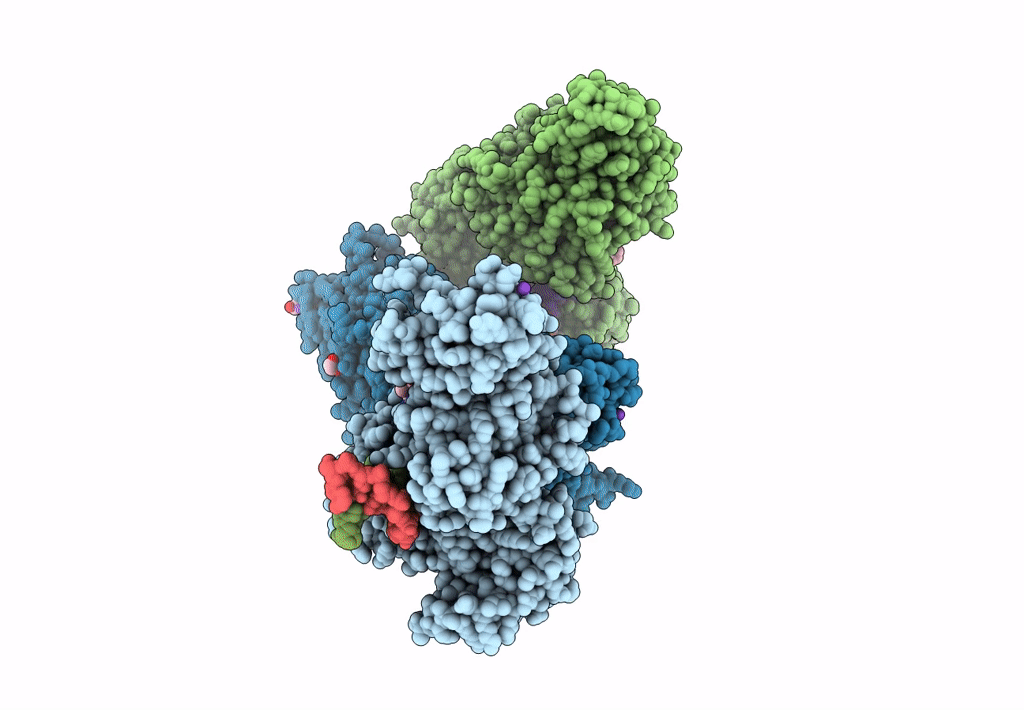
Deposition Date
2023-01-09
Release Date
2023-05-10
Last Version Date
2024-05-22
Entry Detail
PDB ID:
8FS1
Keywords:
Title:
CamA Adenine Methyltransferase Complexed to Cognate Substrate DNA and Inhibitor 11a (YD905)
Biological Source:
Source Organism:
Clostridioides difficile (Taxon ID: 1496)
Host Organism:
Method Details:
Experimental Method:
Resolution:
2.74 Å
R-Value Free:
0.21
R-Value Work:
0.17
R-Value Observed:
0.17
Space Group:
P 21 21 21


